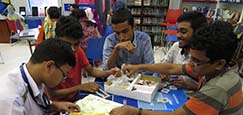ASIAN AMERICAN & PACIFIC ISLANDER HERITAGE MONTH
PROGRAM TOOLKIT FOR AMERICAN SPACES
This program toolkit is designed for programming at American Spaces to create a greater awareness of the Asian American and Pacific Islander communities and the cultural diversity they bring to the United States.
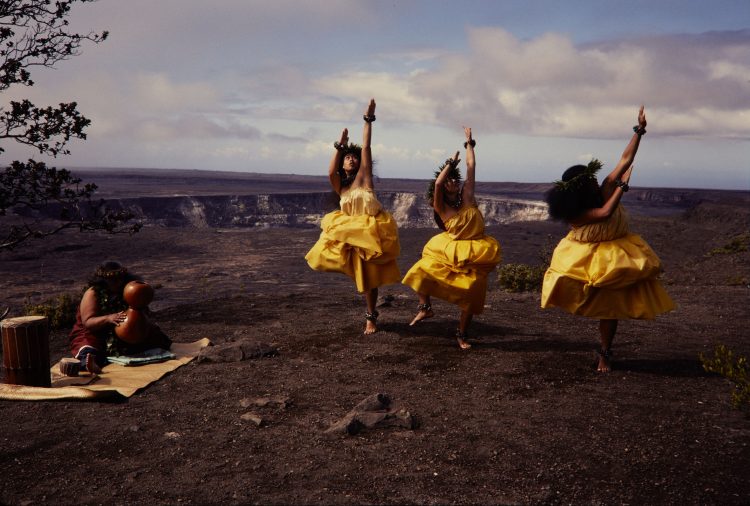
RESOURCES
Official AAPI Heritage Month Site
A compilation of U.S. Government resources, including historical collections, art exhibitions, and educational resources from the Smithsonian Institution, National Endowment for the Humanities, National Archives, Library of Congress, National Park Service, and more.
This site provides stories about notable Asian Americans and Pacific Islanders, as well as information about AAPI-related national monuments and sites.
National Endowment for the Humanities Teaching Guide
This site offers discussion questions, key terms, and short biographies of notable Asian Americans and Pacific Islanders.
MORE RESOURCES
- ShareAmerica Articles
This is a collection of articles about Asian Americans. - Images from State Department Flickr Site American Spaces can use these images.
- American English Article Designed for intermediate English language learners about Asian Pacific American history.
- Pew Research Center
This site contains general statistics on Asian Americans.
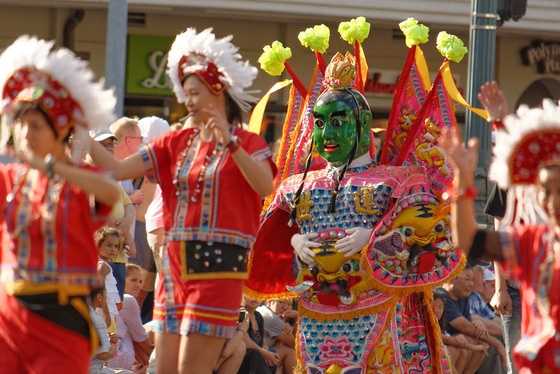
WHAT IS ASIAN AMERICAN AND PACIFIC ISLANDER HERITAGE MONTH?
Asian American and Pacific Islander (AAPI) Heritage Month is recognized during the month of May to celebrate the significant contributions and influences Asian Americans and Pacific Islander Americans have had on the history and culture of the United States.
The month of May was chosen to commemorate the immigration of the first Japanese immigrants to the United States on May 7, 1843, and to mark the anniversary of the completion of the transcontinental railroad on May 10, 1869. Most of the workers who laid the tracks were Chinese immigrants.
The resources in this toolkit highlight the generations of Asian and Pacific Islander Americans who have made and continue to make a significant impact on America’s history.
As we recognize Asian American and Pacific Islander Heritage Month, we celebrate the deep and enduring impact that Asian Americans and Pacific Islanders have had on our Nation. Forged by hardship and trial, they have never wavered in their contributions toward the advancement of our common destiny.
President Donald J. Trump’s proclamation on May 16, 2025

When Joe Biden won the Presidency in 2020, his vice-presidential running mate Kamala Harris made history. By winning the 2020 election, she became both the first woman and the first person of color to be elected vice president of the United States.
She is the daughter of two immigrant academics: an Indian- American mother and a father from Jamaica.
Overdrive (Libby) Books
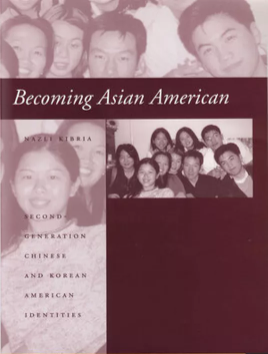
Becoming Asian American by Nazli Kibria explores how second-generation Chinese and Korean Americans in Boston and Los Angeles navigate identity and belonging. Based on in-depth interviews, the book highlights the strategies these individuals use to define themselves as both Asian and American, revealing the complexities of growing up in a society that labels them a “model minority” while they strive for lasting social acceptance.
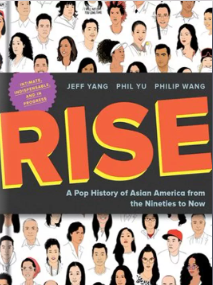
Rise is a vibrant celebration of Asian American culture, history, and identity—blending personal stories, pop culture milestones, and striking visuals to trace the evolution of AAPI representation from the 1990s to today. Created by Jeff Yang, Phil Yu, and Philip Wang, this scrapbook-style book offers an honest, funny, and moving tribute to the voices, moments, and movements that have shaped—and continue to shape—what it means to be Asian American.

The Best We Could Do by Thi Bui is a moving graphic memoir that traces her family’s escape from war-torn Vietnam and their struggle to rebuild their lives in America. Through poignant storytelling and beautiful illustrations, Bui explores themes of identity, sacrifice, and the enduring strength of family, offering a powerful reflection on the meaning of home and the immigrant experience.
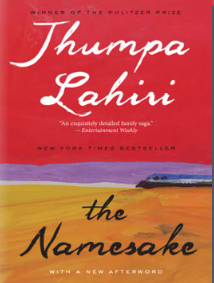
The Namesake by Jhumpa Lahiri is a deeply moving novel that explores the immigrant experience and the generational struggle between tradition and identity. Through the story of the Ganguli family and their son Gogol, Lahiri poignantly portrays the challenges of assimilation, cultural loyalty, and self-discovery in a new land.
The views expressed in these links and resources do not necessarily reflect those of the U.S. government.
Updated May 2025







